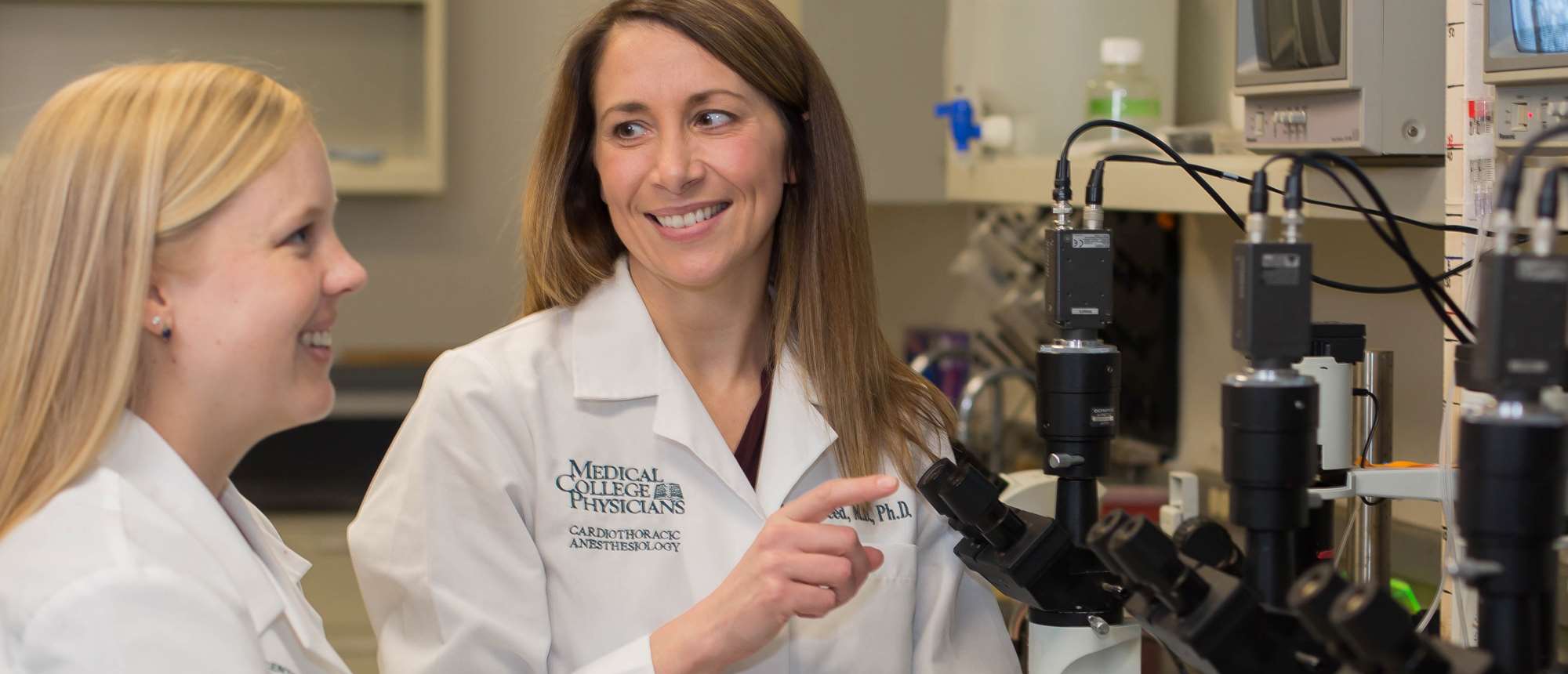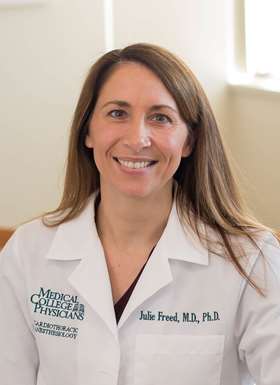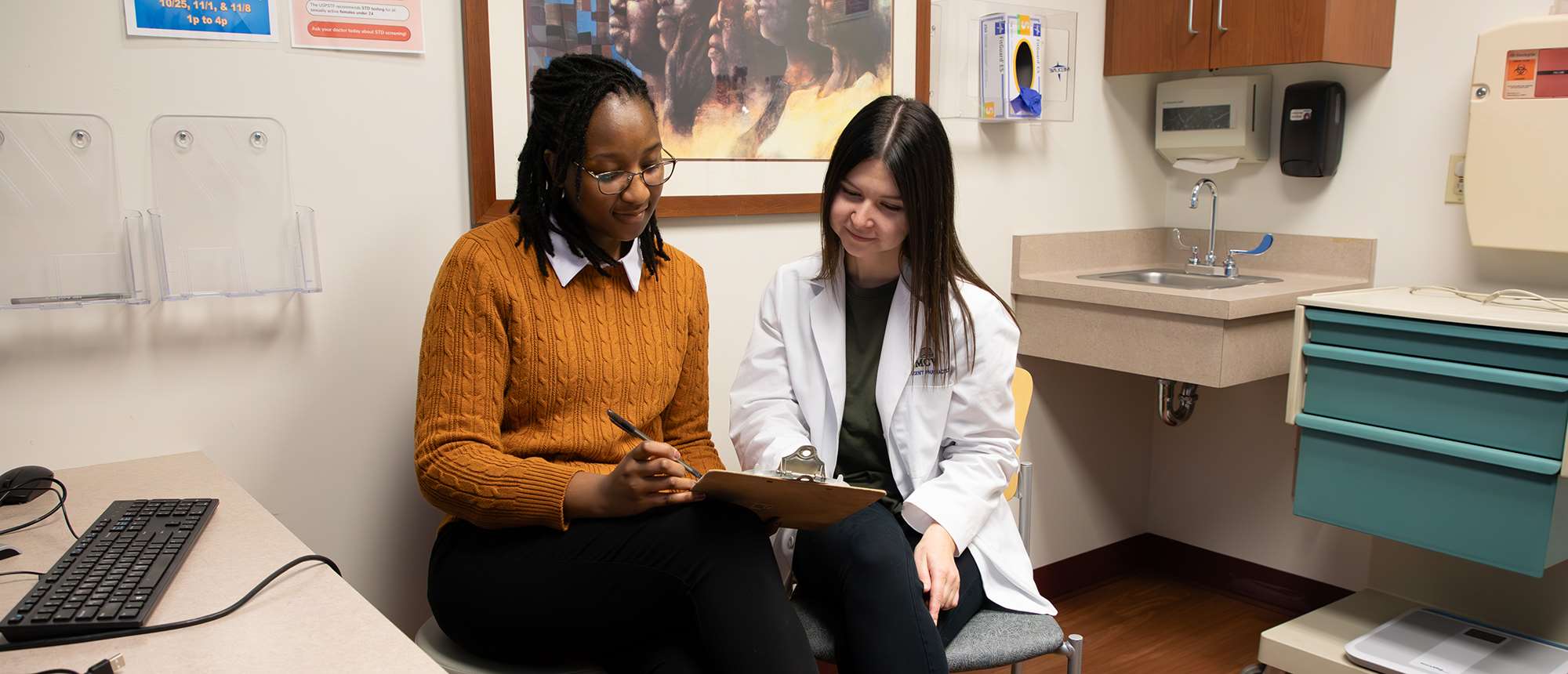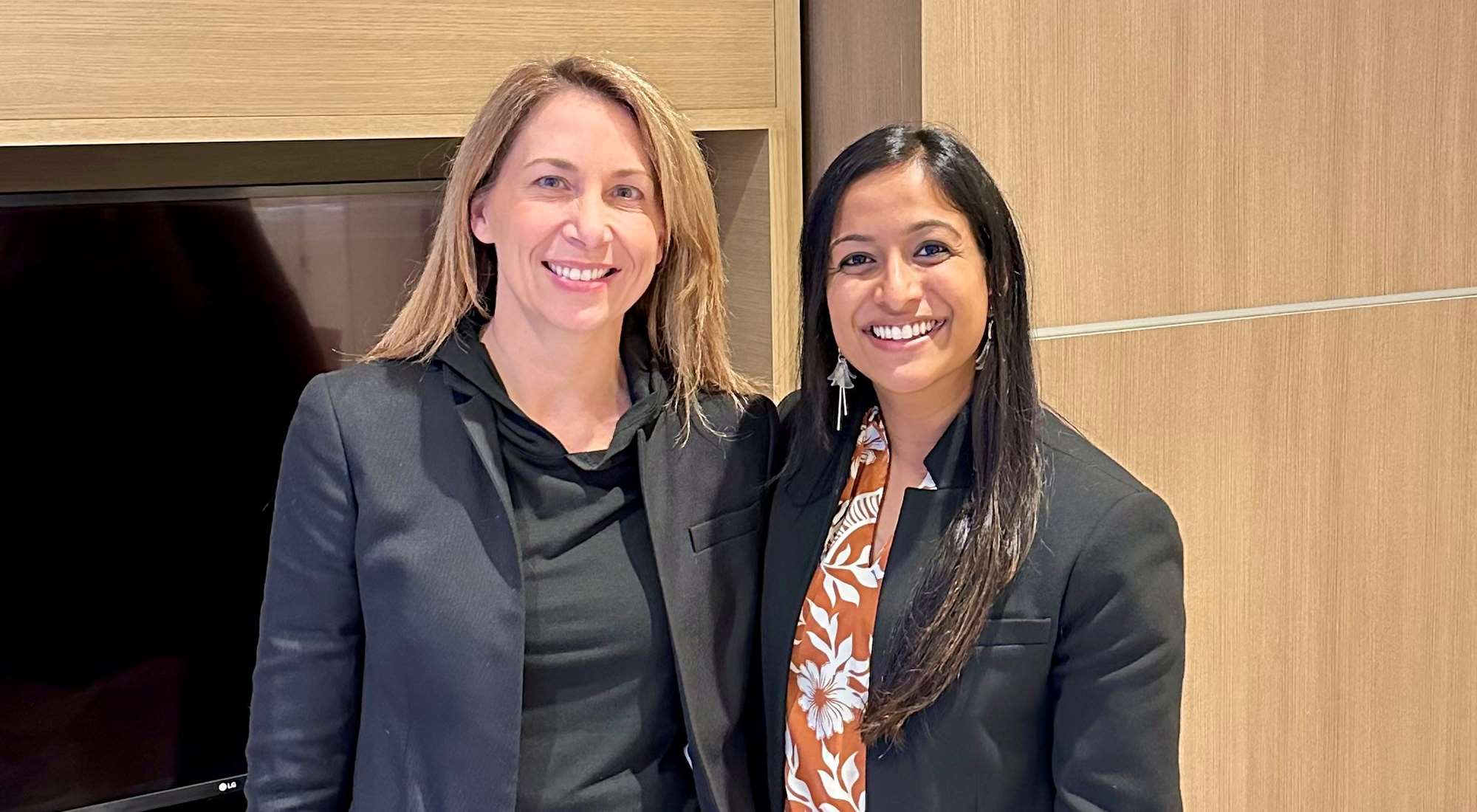Protecting the Heart

Julie Freed, MD ’11, PhD ’08, GME ’16, FEL ’17, a scientist and cardiac anesthesiologist who primarily takes care of heart surgery patients, sees a number of demographic and health trends colliding like clanging alarm bells, heralding bad omens for health and healthcare.
“As the average age of the population increases alongside obesity rates, so do the number of cancer cases,” says Dr. Freed, assistant professor of anesthesiology at MCW.
An unintended consequence of common cancer treatments can be an increased risk of heart disease. Even as treatments for cancer improve, the insidious patterns of increasing age, obesity and cancer incidence may lead to more heart disease – which already stands as the leading cause of death in the US, according to the Centers for Disease Control and Prevention.
“We’ve made huge progress in the diagnosis and treatment of cancer. This is tremendous, but my concern is that we may be trading one disease for another by accelerating heart disease in patients,” comments Dr. Freed.
Dr. Freed studies this phenomenon by investigating the human microcirculation, the small blood vessels known as arterioles that feed every organ and tissue in the body. “These tiny vessels are the first to show dysfunction in the early stages of heart disease,” she notes.
The Freed lab focuses on a specific group of lipids known as sphingolipids. One particular sphingolipid, called ceramide, is known to be increased in patients with heart disease. When the scientists exposed a vessel from a healthy patient to ceramide, it started to behave like a diseased vessel. The message was clear. Too much ceramide is bad for your blood vessels. It is now known that chemotherapy and systemic radiation also increase blood ceramide levels.
“I became interested in ceramide in 2012 and learned quickly that it was absolutely terrible for blood vessels. A few years later, I nearly fell out of my chair reading about new cancer drugs that aim to increase ceramide to attack the cancer. By studying this pathway, we can understand how these lipids lead to vascular dysfunction and disease and hopefully prevent vascular damage due to cancer treatment,” notes Dr. Freed.
She has found that the accumulation of ceramide alters which molecule is used to signal for changes in blood vessel diameter. Vessels naturally respond to oxygen needs and variations in blood flow by dilating and contracting. The process by which a vessel dilates due to increased flow or demand is called flow-induced dilation.
“Our bodies are smart and adaptable – and so are our blood vessels. They have to vasodilate even in a diseased state to meet our needs. Dysfunctional arterioles can maintain flow by switching to hydrogen peroxide as a signaling molecule instead of nitric oxide,” says Dr. Freed.
This switch is only meant to be a short-term change to maintain proper blood flow and oxygenation during a stressful event. In the presence of ceramide – and in individuals suffering from heart disease – the type of signaling molecule does not revert back to normal as it should. “When the change to signaling by hydrogen peroxide isn’t temporary, there is a price to pay. Hydrogen peroxide causes blood vessel inflammation, which promotes the formation of plaque inside the larger blood vessels,” explains Dr. Freed.
Dr. Freed and her lab continue to advance this research and are one of a few teams in the world that study the human microcirculation. They can do this by collecting human tissue removed during surgery that would otherwise be thrown away.
“The blood vessels have to be dissected out of the tissue by hand,” Dr. Freed notes. The painstakingly precise technique takes four to six months for team members to learn, and even longer to perfect. The tissue itself is a very precious resource that can quickly become useless if not handled properly.
“It is important for the tissue to be fresh, so we try to use it within a day. Given the several hours it takes to dissect out the vessels before you can even start an experiment, it is crucial for us to drop everything else and focus on the tissue when a sample becomes available,” says Dr. Freed.
Dr. Freed learned how to study the human microcirculation from David D. Gutterman, MD, Northwestern Mutual Professor of Cardiology at MCW and senior associate director of MCW’s Cardiovascular Center. Dr. Freed conducted research in the Gutterman lab throughout her anesthesiology residency.
“Dr. Gutterman is an exceptional teacher of science, grant writing and all of the skills necessary for running a successful lab,” shares Dr. Freed. After completing her residency and a fellowship in adult cardiothoracic anesthesiology at MCW, Dr. Freed joined the faculty in 2017 and began building a lab and recruiting team members and students.
“I became a mom about the same time I became a mentor – let’s just say I have a higher level of appreciation for both of these jobs,” declares Dr. Freed. “Now that the roles are reversed, and I have trainees as opposed to being one, I realize how much enjoyment I get from seeing those I work with succeed.” She credits her medical and graduate education at MCW for enabling her to step up and onto the faculty. “My training and experience as a student were outstanding. Being a faculty member has likewise been wonderful.”
She is now focused on leading her lab to take their findings regarding the unintended consequences of cancer treatment on blood vessels to the next stage. “Up to now, most of our major findings have been observational. We know ceramide has implications for blood vessels, but we don’t know exactly how it all happens. Now we have to get mechanistic in our focus,” says Dr. Freed.
By better understanding how sphingolipids such as ceramide influence the way small blood vessels signal to dilate, the Freed lab then can investigate possibilities for intervening with potential treatments. “By understanding this pathway, we’ll have more insight into how these lipids affect our small blood vessels and lead to heart disease. At the same time, we’ll gain knowledge of how cancer therapy, through elevation of ceramide, causes microvascular dysfunction,” notes Dr. Freed.
“Can we successfully intervene after a cancer patient achieves remission but before the heart and blood vessels get into trouble?” asks Dr. Freed. “We don’t know yet – but we will find the answer.”
Featured in this story






